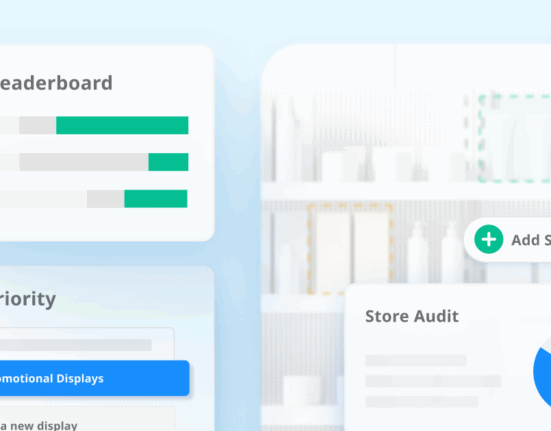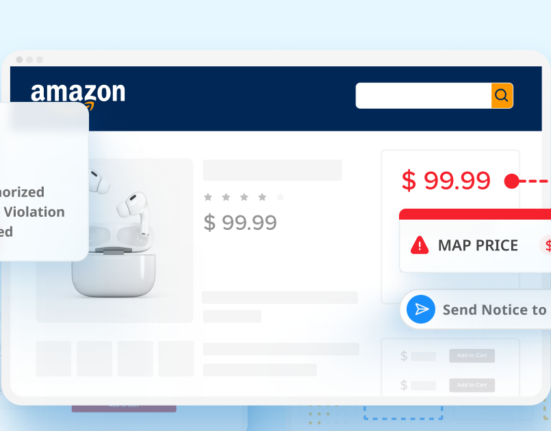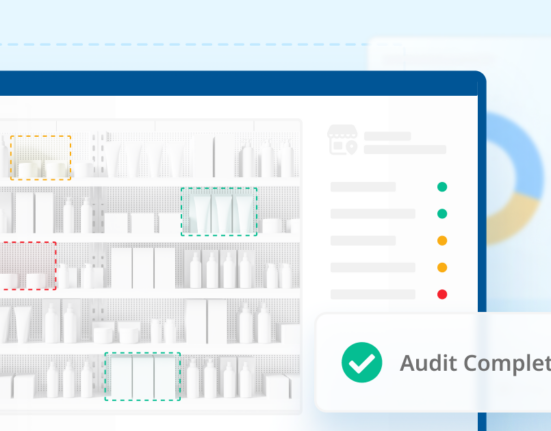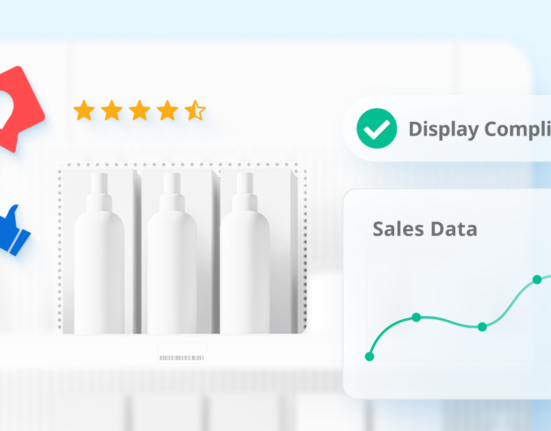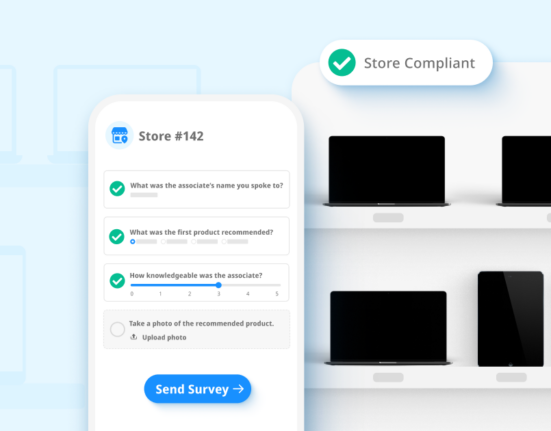As a small business owner, managing supply chain issues is nothing new.
Because smaller retailers cannot always order in bulk or far in advance like many larger retailers do, any supply chain disruptions are often felt faster and stronger by small businesses.
It’s important to get it right, as any hiccups in the process can have serious consequences for your business. From delays in delivery to running out of stock at critical times, supply chain issues can cause major headaches for small businesses.
Fortunately, there are several strategies that you can use to ensure that your supply chain is managed properly and efficiently.
Parts of the Small Business Supply Chain
Every supply chain is unique and will change depending on your industry. However, there are some parts of the process that every business will have in common.
- Product Sourcing – Sourcing refers to the process of finding suppliers who can provide raw materials or products at an acceptable cost while meeting quality standards. This requires research into potential vendors as well as negotiation skills in order to secure better deals from them. It also involves monitoring current suppliers for reliability and customer service levels.
- Transportation – Transportation is one of the most important parts of the supply chain since it determines how quickly goods are received by customers or other locations within your network. A good transportation infrastructure helps reduce costs associated with delays while ensuring timely deliveries so that customers receive their orders on time and without damage to items shipped.
- Warehousing – Storage is another important aspect of the supply chain because it allows businesses to store excess inventory until needed by customers or other locations within your network. Properly managing inventory levels ensures there are no shortages due to unexpected demand spikes or production slowdowns, which would otherwise lead to lost sales opportunities or customer dissatisfaction.
- Customer Fulfillment – The final component of the small business supply chain is delivery, which involves ensuring that goods are delivered to customers in a timely manner. This requires coordinating with carriers and setting up a reliable delivery system that can handle different types of goods and locations around the world. It also includes managing returns from customers who may be unhappy with their purchases or have received damaged items.

By leveraging these four key components, businesses can streamline their operations while minimizing costs associated with delays or lost sales opportunities.
How Supply Chain Disruptions Hurt Small Businesses
The supply chain is a critical component of any business, but small businesses can be especially vulnerable to disruptions.
There are many factors that can cause disruptions in a small business’ operations, leading to financial losses that can be devastating. By understanding the most common issues with the potential to impact their operations, small business owners will be better equipped to make smart decisions that will help them stay competitive.
Supply and Demand Shift
Sudden changes in the supply and demand of goods and services in a small business’s supply chain can have a huge effect on operations.
When demand for an item suddenly spikes or drops, it can lead to cash flow issues, inventory shortages, and increased competition. Such shifts in the market can be caused by a variety of factors, including consumer trends, technological advancements, or new government regulations.
For instance, if there is a sudden surge in demand for a product within a certain geographical region due to an unanticipated event or trend, local businesses may struggle to keep up with the increased orders and may need to invest more resources in order to meet the needs of their customers.
On the other hand, if demand suddenly declines due to oversaturation of an area with similar products or services from competitors, smaller businesses may experience loss of income as they are unable to compete with larger corporations with deeper pockets.
In either case, these sudden changes can pose challenges for small business owners who are often short on the resources and time needed to respond quickly to such developments. To manage such changes effectively, small business owners must have contingency plans that anticipate sudden fluctuations in supply and demand and prepare for such events accordingly.
Shipping Complications
Small businesses that rely on supply chains to source necessary materials or products can be significantly impacted by blocked shipping routes.
For example, most people are aware of the incident that occurred in 2021 when a container ship called Ever Given was stuck for six days in the Suez Canal, a major world shipping route, resulting in an estimated $54 billion trade loss.
When a transportation route is blocked, businesses with global supply chains are unable to receive shipments in a timely manner. This disruption of the flow of goods can lead to delays in production, missed deadlines, and shortages of essential materials needed for production.
Additionally, the inability to access certain resources can lead to higher costs as businesses must find new suppliers or use more expensive methods of shipment.
Blocked shipping routes can also lead to decreased customer satisfaction due to a lack of availability, higher prices, and slower delivery times. Ultimately, these disruptions in supply chains can negatively impact small businesses’ profitability and competitiveness in the marketplace.

Labor Shortages
The impact of labor shortages on small business supply chains can be particularly impactful, leading to increased production costs, decreased production efficiency, and a lack of flexibility in responding to changes in customer demand. This can create a domino effect that reverberates through the supply chain, leading to higher costs for raw materials, increased delivery times, and delays in getting orders out the door.
Moreover, labor shortages may also result in fewer workers available for tasks such as quality control and customer service, leading to reduced product quality and customer satisfaction. To mitigate these impacts, small businesses should consider developing strategies to increase their labor force through automation and developing new techniques for employee training and retention.
Cost of Goods
Rising costs of goods can have an especially dramatic effect on a small business’ bottom line, as the costlier goods may not be worth selling at their current prices. As a result, these businesses must raise their own prices to remain competitive or reduce their profit margins, both of which can lead to reduced demand for their products. Small businesses with thin profit margins may even find themselves unable to absorb the increased costs and be forced to close down operations.
Additionally, rising costs of goods can lead to a decrease in overall sales volume for small businesses as customers may choose cheaper alternatives instead. This could then further increase inventory costs as leftover stock would need to be sold off or disposed of at a loss.
Therefore, it is essential for small businesses to keep track of changing prices in order to anticipate cost increases and plan accordingly to mitigate potential negative impacts on their supply chain operations.
How Small Businesses Can Overcome Supply Chain Issues
Fortunately, there are a few steps that small businesses can take to prepare for potential supply chain disruptions and minimize their impact. Such as:
No. 1: Inventory Tracking
Keeping a close eye on stock levels can help small businesses overcome supply chain issues by providing real-time visibility into the current state of their inventory. This helps them to accurately plan for future demand and ensure that their suppliers are meeting order requirements in a timely manner.
Additionally, tracking inventory enables businesses to quickly identify any potential delays or disruptions in the supply chain which can be resolved before they have an adverse effect on operations.
With the right strategies and a bit of creativity, you can find ways to optimize your supply chain and ensure that it meets the needs of both you and your customers.
No. 2: Look Out for Deals
Taking advantage of pricing deals is an effective way for small businesses to overcome supply chain issues.
By negotiating volume discounts and bulk purchasing agreements with suppliers, businesses can often secure better prices on raw materials, parts, and components. This can help reduce costs while also ensuring their inventory levels are adequate to meet customer demand.
Additionally, looking into alternative suppliers or vendors can help businesses compare prices and find the best deal available for their needs. Finally, establishing long-term partnerships with reliable suppliers can provide added security and stability when it comes to the sourcing of goods and materials.
No. 3: Monitor and Forecast Sales Data
Businesses can use sales data to identify trends in customer purchasing habits and ensure they are delivering what customers want when they need it. Monitoring and forecasting sales data can help small business owners make more informed decisions about product development, marketing, pricing, and inventory levels.
This kind of data can also be used to inform strategies for merchandising products or services that will increase profits while still providing a great service to customers. By understanding the data behind their operations, small businesses can respond quickly to changes in the market and adjust their strategies accordingly for long-term success.

No. 4: Consider Alternative Products or Services
One way small businesses can pivot their products and services to overcome supply chain issues is by identifying areas of the market with higher demand.
For example, they could consider switching their focus to products or services that are in high demand during specific times of the year such as seasonal items or holiday-related goods. By making these adjustments, businesses can ensure they’re able to meet customer needs while optimizing inventory levels and supply chain efficiency.
No. 5: Communicate With Customers
Communicate often and keep customers informed about changes in supply chain management. Let them know of any delays or potential disruptions that could affect their order and develop flexible policies to address customer concerns and complaints.
Stay Prepared for Future Supply Chain Issues
The challenges facing small business supply chains are daunting, but there is hope. With the right strategies and a bit of creativity, you can find ways to optimize your supply chain and ensure that it meets the needs of both you and your customers.
By taking steps such as those mentioned above, you can build a more efficient and cost-effective supply chain.
Ultimately, these improvements will lead to increased customer satisfaction while reducing costs over time. With the right plan in place, you can achieve greater success and sustainability for your small business.
Visit Wiser.com today for more tips on brand management.




